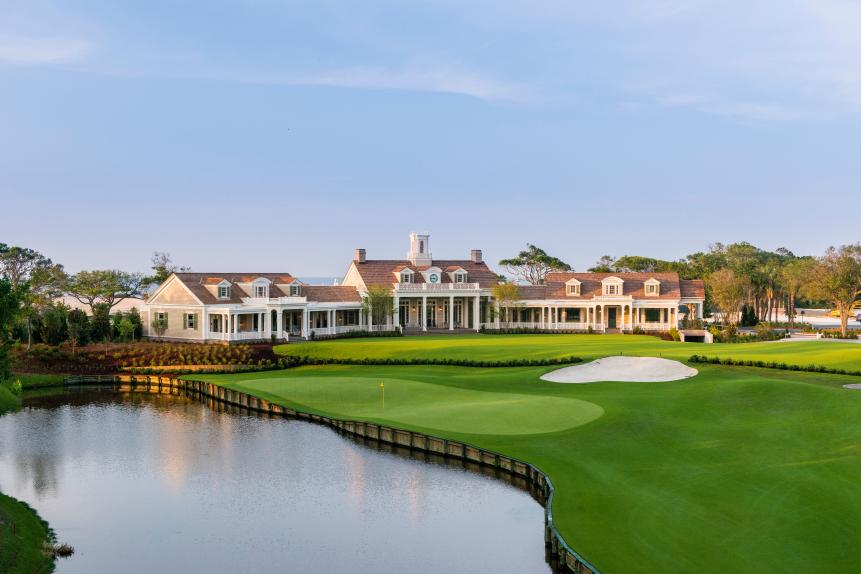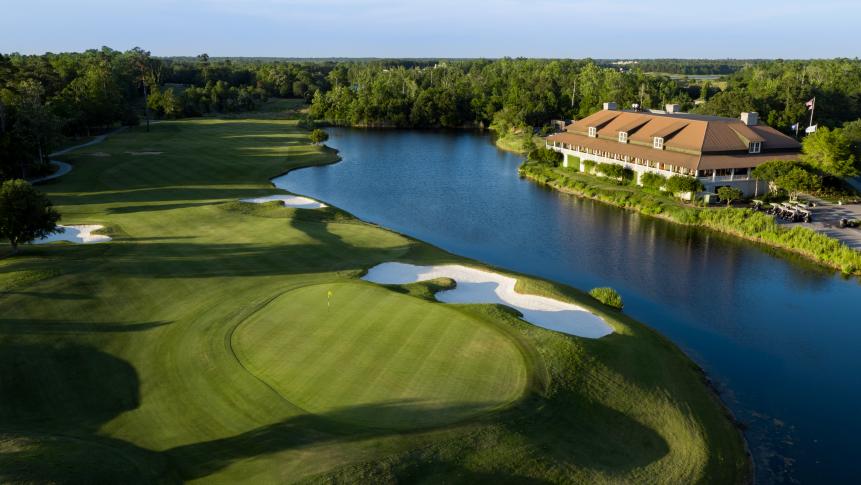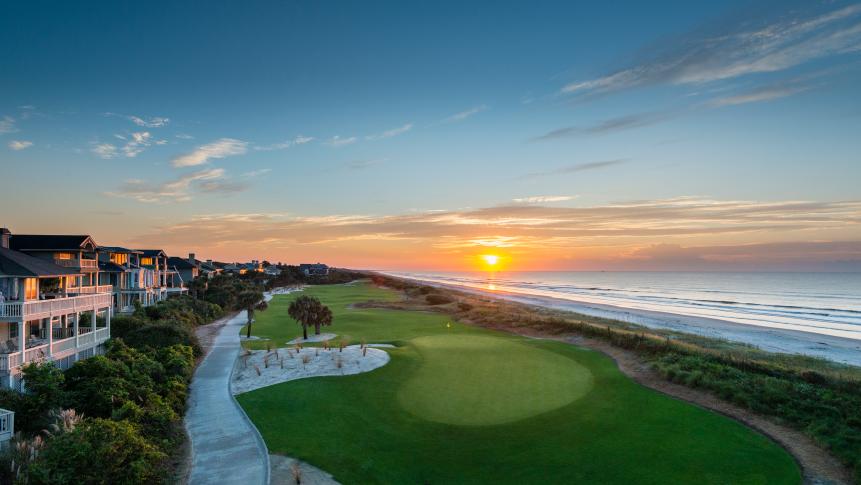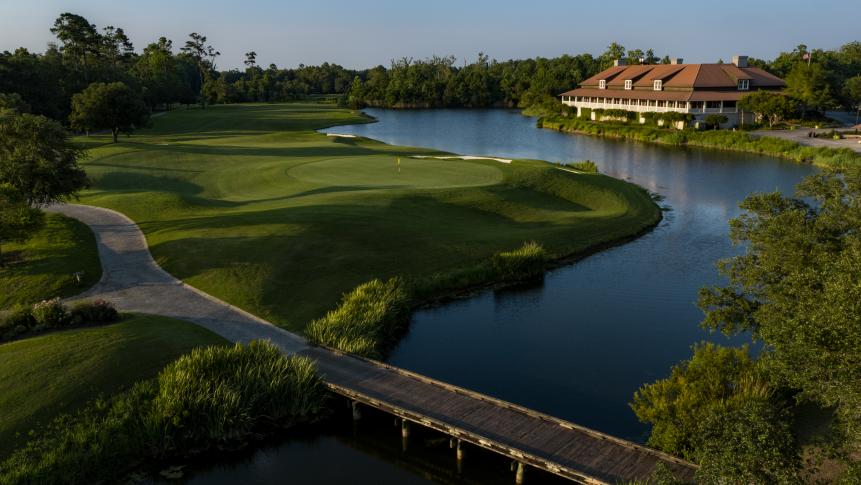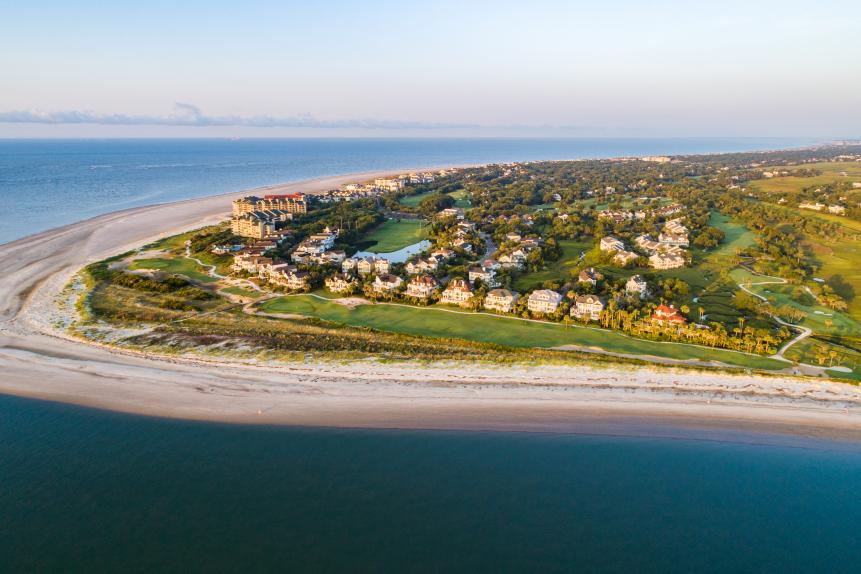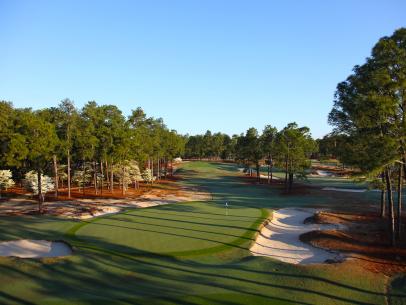Courses
The best courses you can play in South Carolina
The question for those considering a South Carolina golf trip is usually not whether you should go but rather where in the Palmetto State to go. For a small state (it’s the 10th-smallest in the U.S.), there are great destinations that are very varied from each other.
Myrtle Beach is one of the most popular American buddies trip destinations, boasting over 90 golf courses (and most of them are public). Hilton Head Island and its surrounding areas combine relaxing vibes and nice beaches with strong golf. Charleston is one of the most popular cities for all travelers with all-world food, beaches, and yes, some decent golf. That’s not even mentioning Kiawah Island, which boasts some one of the best upscale resorts in the world.
Which trip will you take next? Like we said up top, each destination is worthy of a trip. If you haven’t been, organize a trip and you won't be disappointed. The only thing to figure out is where you ought to play—which we’ve aimed to help you figure out below.
Scroll on to read more about each of these public golf courses in South Carolina. And we hope you enjoy exploring our new Places to Play hub.
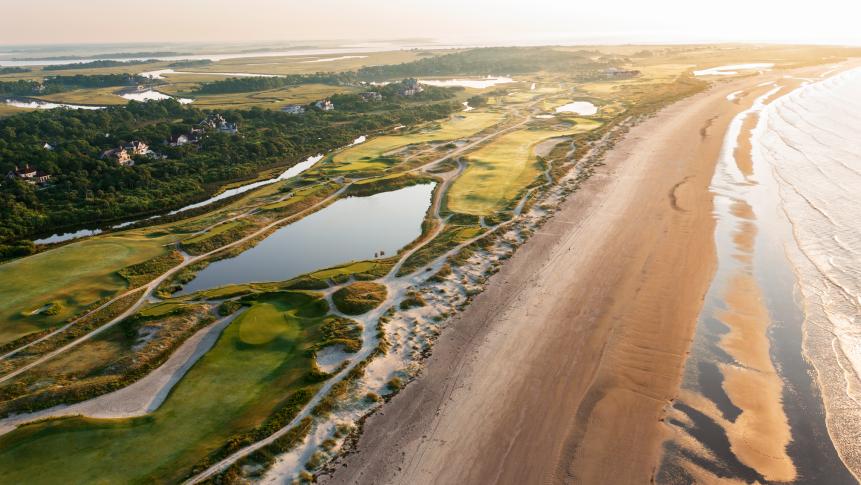

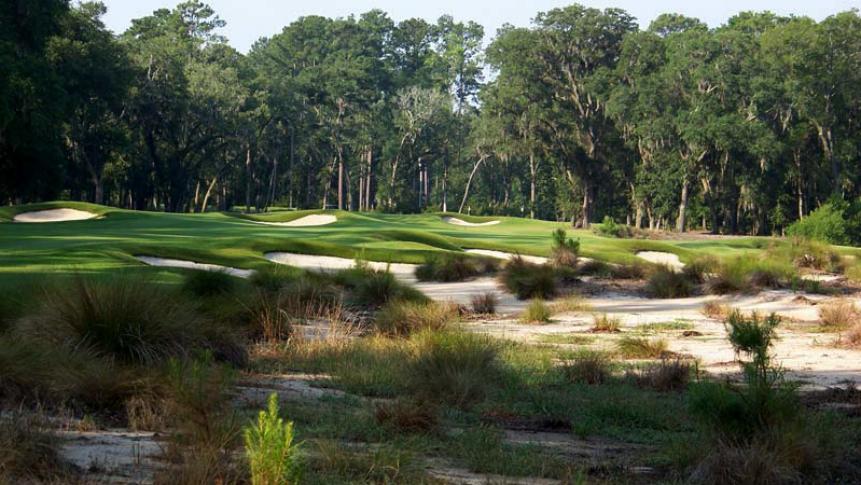

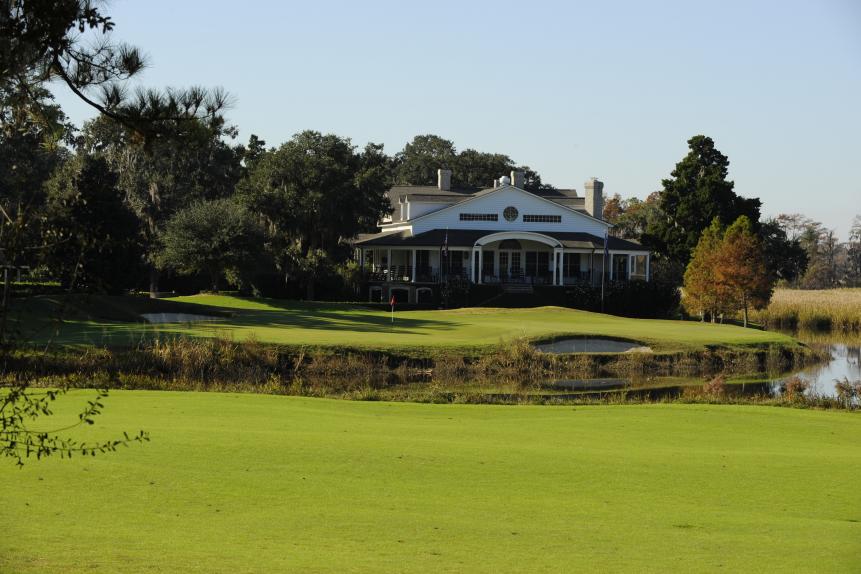
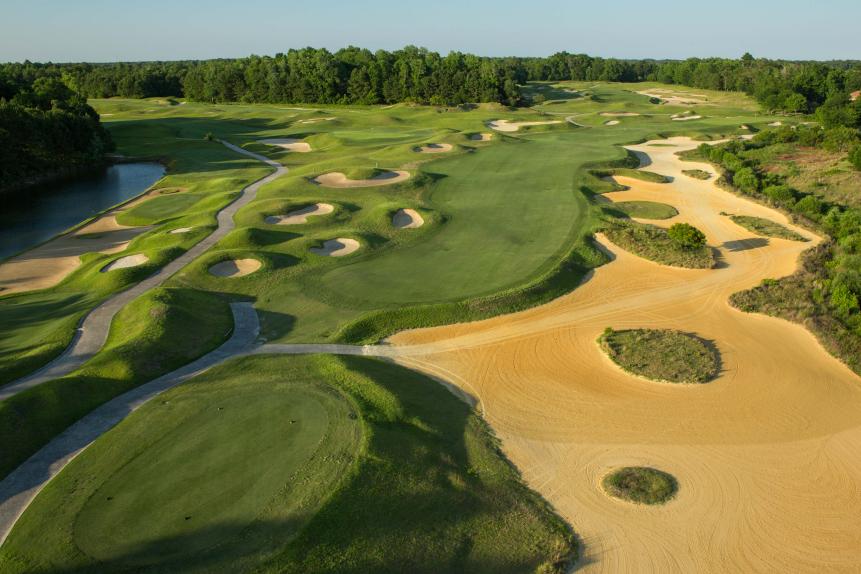
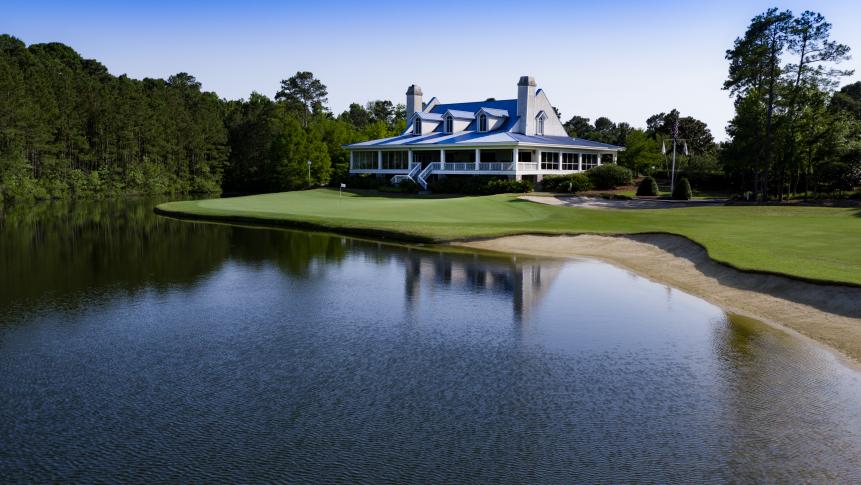
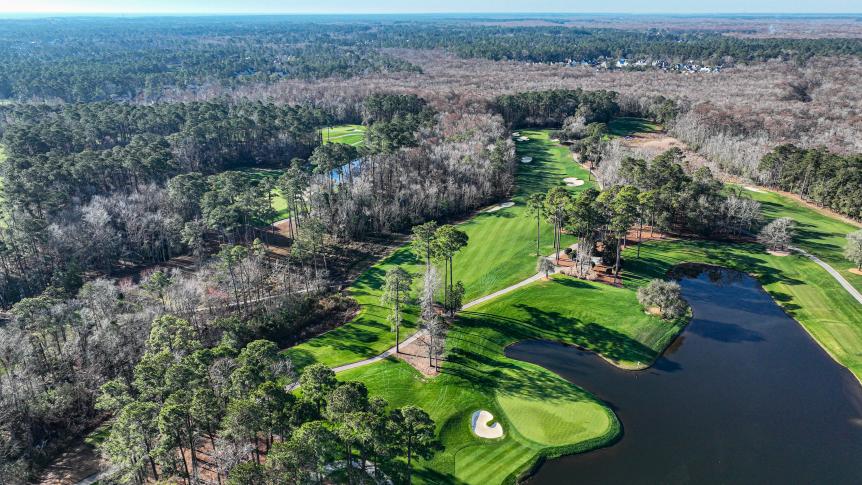
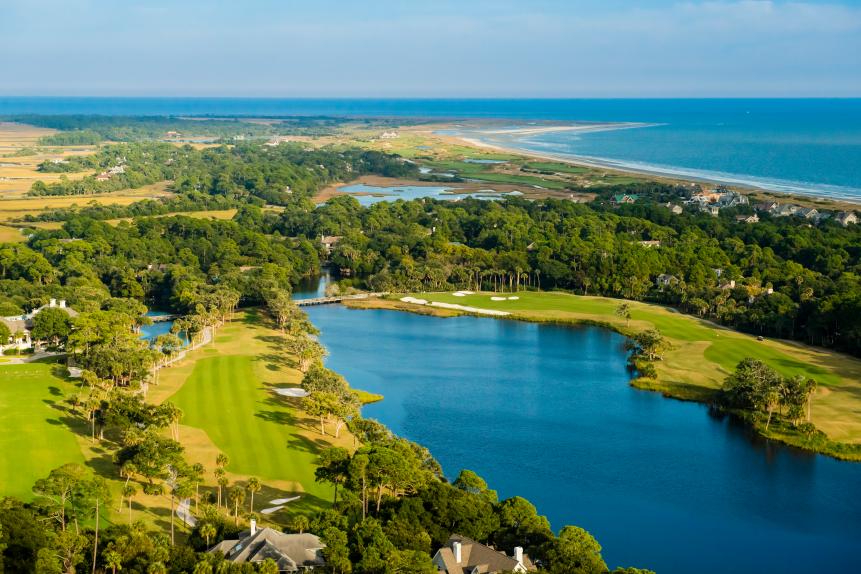
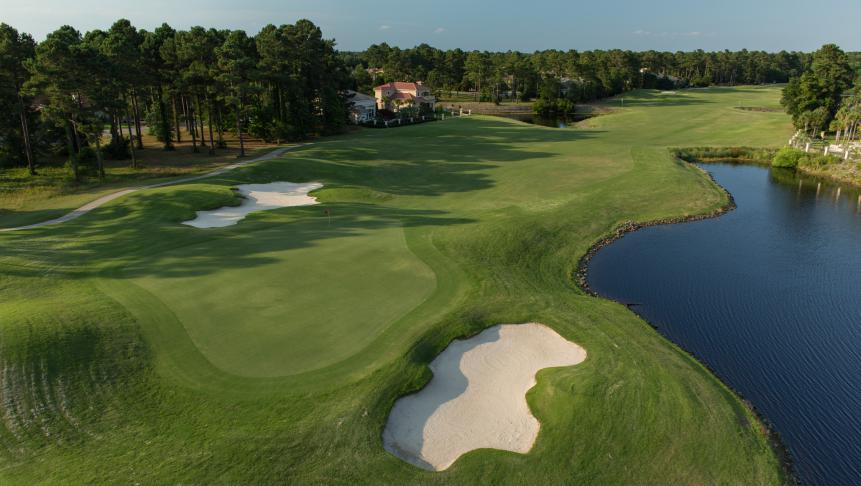
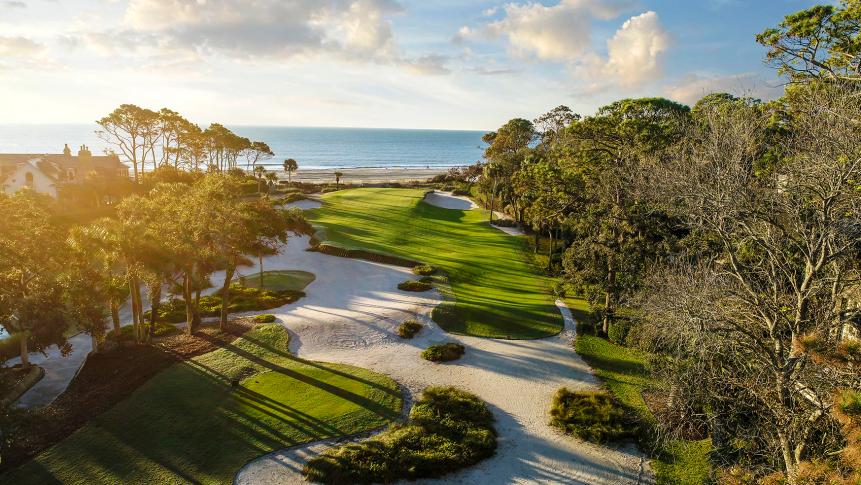
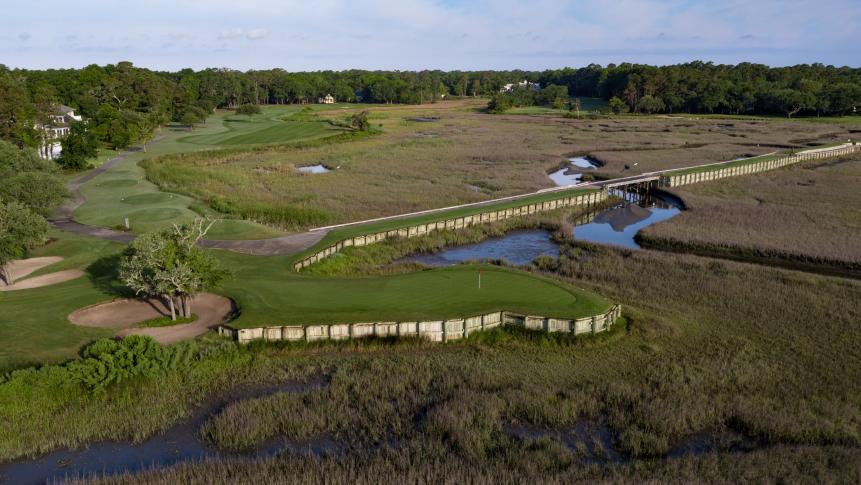
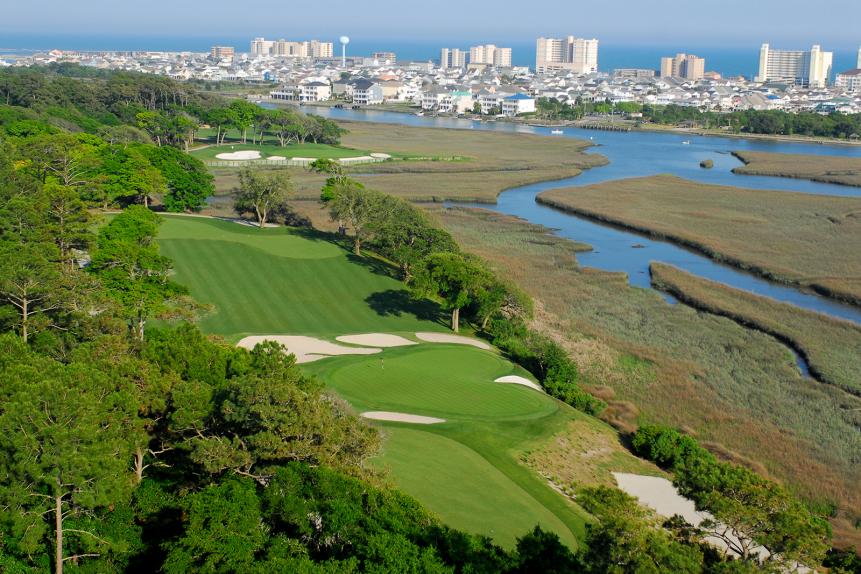
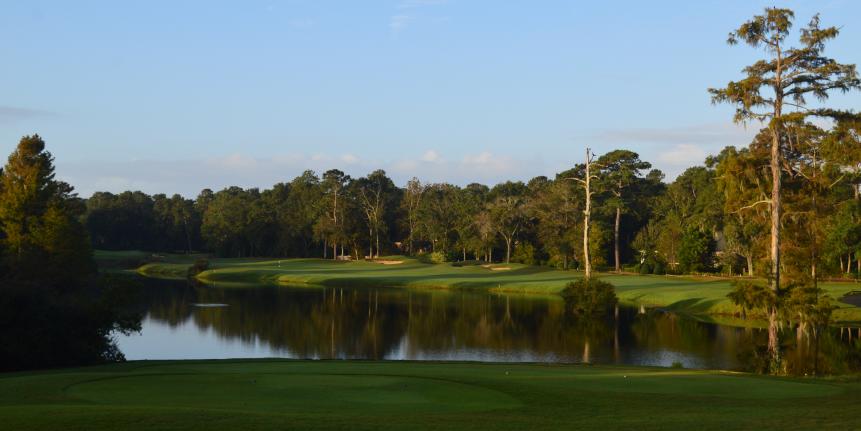
Watch Golf Digest's 'Every Hole At' Series
